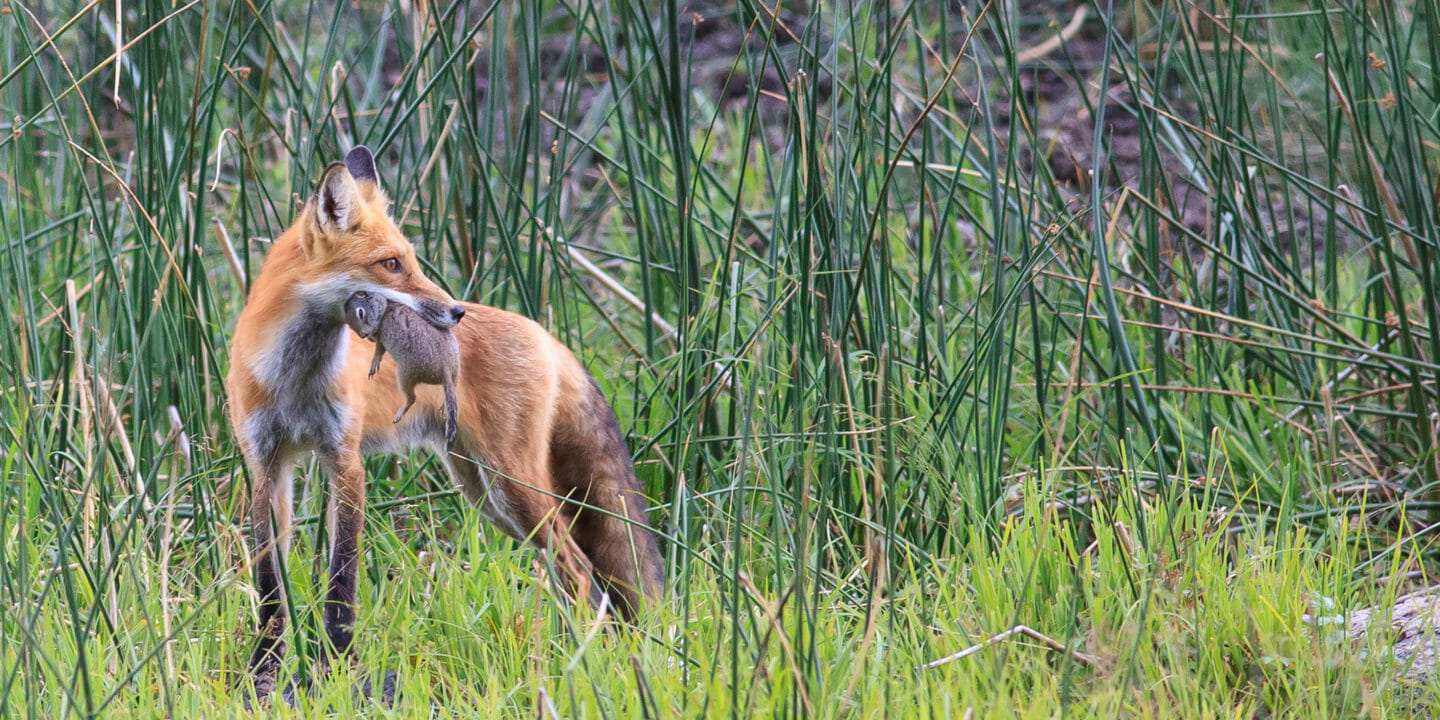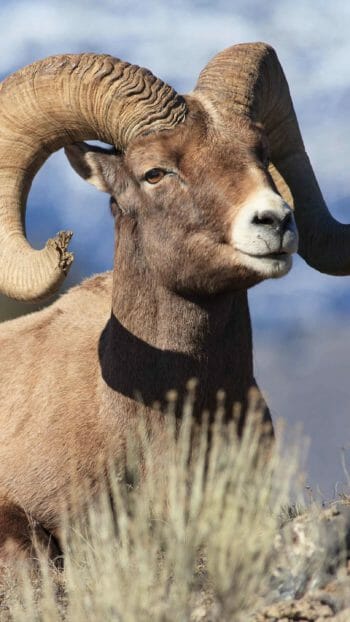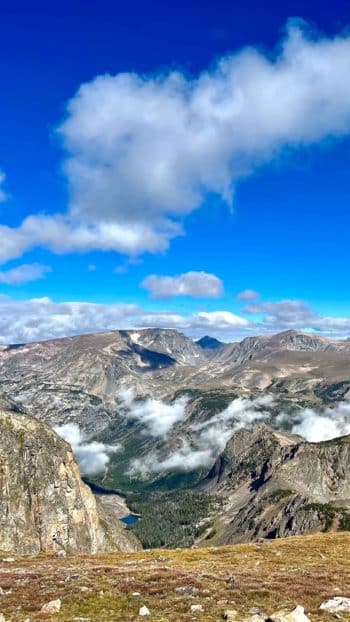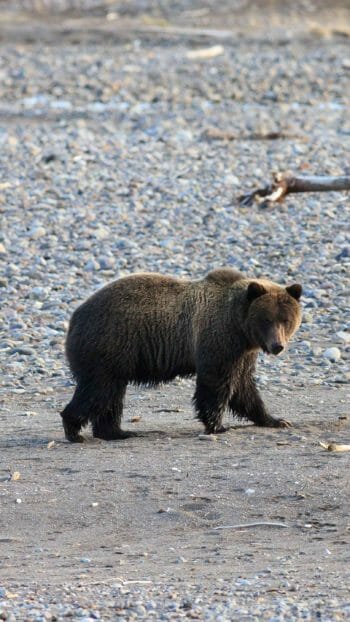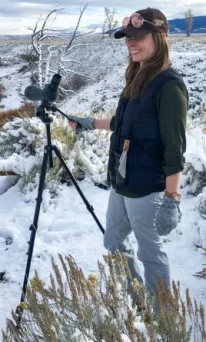Yellowstone National Park is known for many remarkable wonders, but the abundance and diversity of wildlife that call this wild ecosystem home is what puts it on the map for many excited visitors. The list of species you can potentially see is seemingly endless, and with 2.2 million acres of rugged wilderness, one could spend weeks exploring the park in search of sightings. Knowledge of the park, different habitats, and individual species boosts your chances of spotting animals. The Northeastern region of Yellowstone has earned the illustrious reputation of being one of the most premier wildlife hotspots in the park!
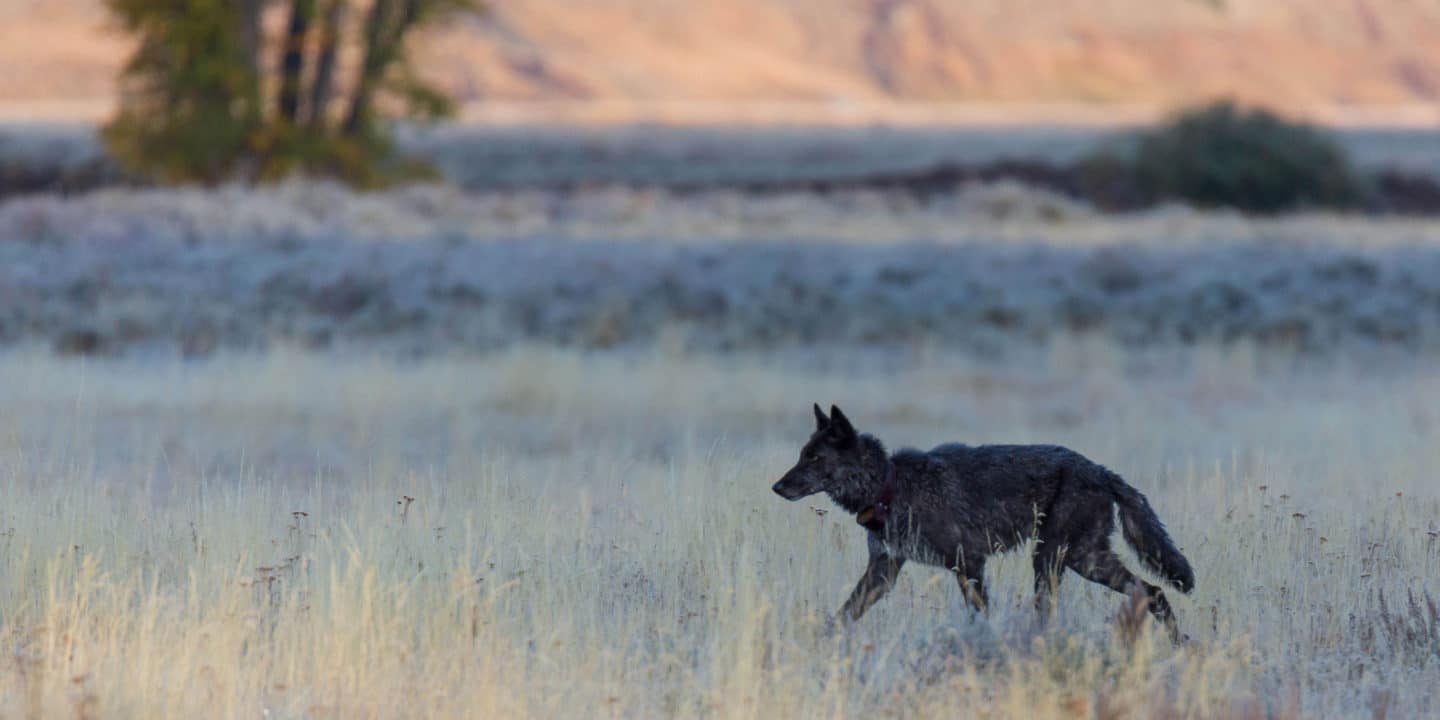
Lamar Valley
Nestled in the Northeastern corner of Yellowstone is the rolling green sagebrush hills of Lamar Valley. Famously known as the Serengeti of North America, the density of megafauna combined with the open valley sets the stage for a world class wildlife experience. The nature of the soil quality, vegetation, and geology is what makes this prime habitat for so many animals.
20,000 years ago during the last ice age, a glacial dam developed that resulted in a large lake forming over what is known today as Lamar Valley. Large quantities of sedimentary soil were deposited throughout the lake, covering the volcanic lava flows that oozed through the area time and time again over 2.2 million years. When the glacial dam failed and the lake drained, it created a lakebed of sedimentary soil that is richer in clay that is now exposed. This type of soil holds more water which creates more grassland and meadow habitat, keeping forest growth at bay.
The vast majority of Yellowstone is forested, which is wonderful for wildlife but not so easy for us to spot them! Traveling the roads of the park takes you through these forested areas, crossing into open grasslands and sagebrush valleys. These are the habitats to focus on to expedite your wildlife search. The Lamar Valley is a perfect example of this. The road follows the Lamar River as it meanders through the valley, providing you with picturesque landscapes and excellent wildlife potential.
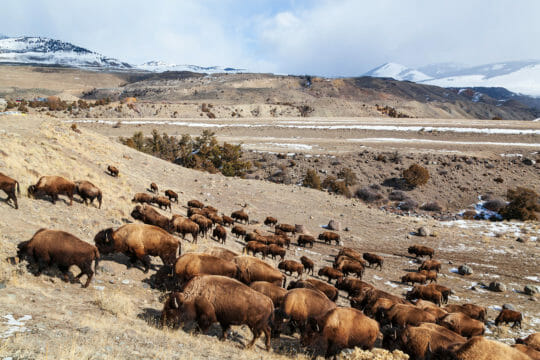
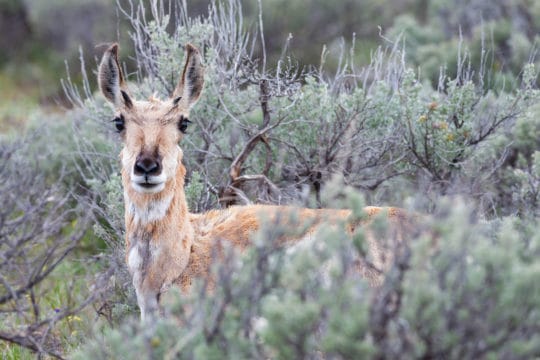
Species to See in Northeastern Yellowstone
There are countless species that you may come across as you explore the Northeastern region between mammals and birds, but here are some of the prominent Yellowstone wildlife that all visitors hope to see:
Pronghorn Antelope
One of the most interesting animals in the GYE, the pronghorn is exclusively found in North America. Many people haven’t even heard of them! They are known as antelope, but they are not actually true antelope. While they closely resemble African antelope, they are a completely different species and not at all genetically related. This migratory ungulate is only found in Yellowstone during the summer months. Perhaps the most remarkable thing about them is their speed- they can hit speeds of 60-65 mph, making them the second fastest land animal in the world! Because of their speed and extremely keen eyesight, they do not spend time in forested areas as that would be a hindrance to their evolutionary skills of evading attacks. Lamar Valley and other open areas are prime habitats to witness these beautiful animals.
Bison
Arguably the most prolific species across Yellowstone, the bison congregate particularly in areas like Lamar Valley. Some days you may see only a few individuals or small herds enjoying the lush grasses, and others could render you speechless with thousands of bison roaming the hills, crossing the roads, and wading in the waters of the river. Early explorers wrote extensively about how stunned they were to see vast herds of hundreds of thousands of bison covering the Great Plains. While this is a smaller scale, you will no doubt experience the same sense of awe. August is when you’ll see them at their most active when they’re at the height of the rut with bulls chasing females, challenging each other, and bellowing their hearts out!
Elk
Another iconic Yellowstone species, elk thrive in both the forested and open grassy habitats that the Northeastern region provides. As herd animals, you’ll typically see several together, sometimes in large herds. In the fall during their rut is a particularly exciting time to go in search of them. Bulls are competing for and defending harems of females while they show off their impressive racks of antlers. You’ll hear their characteristic bugle even if you don’t see them- one of the most exciting things about fall!
Bear
Both grizzlies and black bears can be found roaming this corner of the park. In such a vast landscape, keeping a sharp eye out in the distance will serve you well for spotting animals like bears. A seemingly uninteresting dot on a far off hillside could in fact be a grizzly digging for roots and seeds in the dirt. A dark mass up in a tree could be a sleeping black bear, unnoticed by passers by. You may also see them fairly close to the roadside if they are traveling through and need to cross, or if they find a good place to dig around closer to your car. Spring and fall are the best times to bet on bear sightings. Make sure to observe the park’s laws and stay 100 yards or more away from both species of bears!
Moose
The largest of the deer family, moose are one of the more rare sights in Yellowstone. While their populations do well in other areas of the GYE, they are not common to see within the borders of Yellowstone National Park. Large fires in 1988 that burned up over a third of the park had a massive negative impact on their populations in the immediate area, consequences that we’re still seeing today. However, closer to the Northeast Entrance of Yellowstone is a higher concentration of marshy habitat where willow shrubs grow which is perfect for moose. They are solitary animals, unlike elk and bison, making them even tougher to spot. They are crepuscular which means they are most active during dawn and dusk, so be sure to focus your moose search to those times of day.
Wolf
Yellowstone is famous for its population of wolves thanks to the very successful reintroduction in 1995. Wolves are one of the most desired species to view in Yellowstone, but they are also one of the most elusive. Wolves are very shy of people and generally keep their distance. Keep an extra sharp eye out around dawn and dusk when the temperatures are cooler. During the summer, they can spend entire afternoons lounging in the shade, sleeping, out of sight. Winter is the best season to go wolf watching- they thrive in the colder months while their prey, the elk, are in a weakened state and are easier to hunt in the deep snow. Wolves’ coats stand out on the bright white backdrop better than the darker sagebrush of the valley during the summer. Their coats vary greatly from white to gray to completely black. Make sure you also keep an ear out, you may hear their iconic howl!
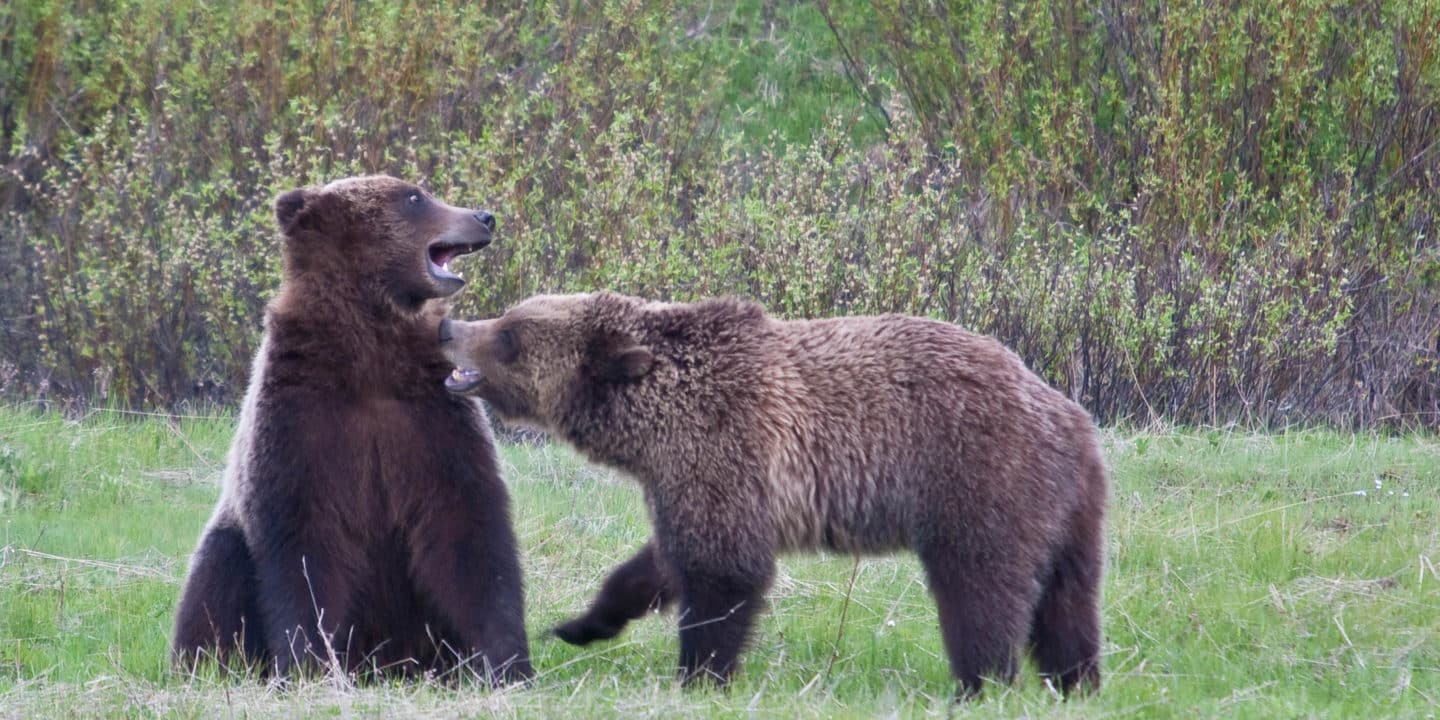
Yellowstone Tours
You can certainly explore and enjoy the park on your own to see some amazing geological features and wildlife, but your chances of encountering a greater variety of animals are enhanced by going with a professional, experienced guide. Not only will you see more, but the knowledge that your guide will skillfully share with you will give you a far deeper appreciation for the park and its inhabitants. With your guide’s trained eagle eyes and high quality optics provided on the tour, including individual binoculars and spotting scopes, you will get a much more intimate experience with the park than you could hope for compared to going in alone!
We offer tours that focus on the top highlights that Yellowstone has to offer such as Old Faithful, Grand Prismatic Spring, and the Grand Canyon of Yellowstone. We also offer tours that specifically focus on finding wildlife, visiting various habitats to broaden our opportunities for different species including Lamar Valley. Our guide will pick you up and drop you off right from your place of lodging or a convenient pickup point, beginning early in the morning to maximize chances for wildlife sightings.
For a more immersive and comprehensive experience, opt for one of our multi-day tours! These trips allow you to go at a slower pace to really soak it all in. You can spend more time in areas that interest you most, including watching grazing bison for a longer period of time, or waiting in a promising spot for a bear or wolf to come into view. You will be able to enjoy more time during dawn and dusk in the park, the peak times for animal movement. We offer tours of duration anywhere between 2 and 5 days!
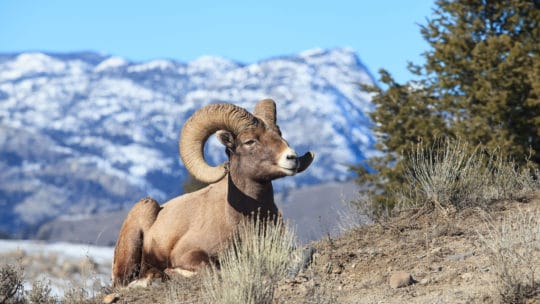
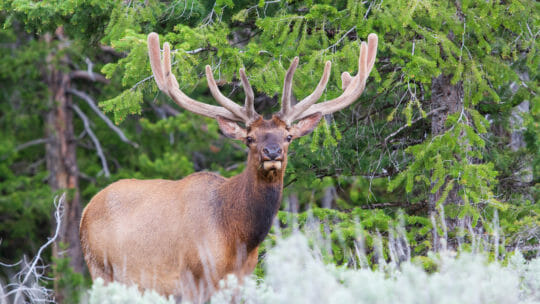
Don’t wait to book your tour- guided tours are one of the most popular activities for visitors to partake in and you will want to secure your date early in advance. We can’t wait to see you there!

